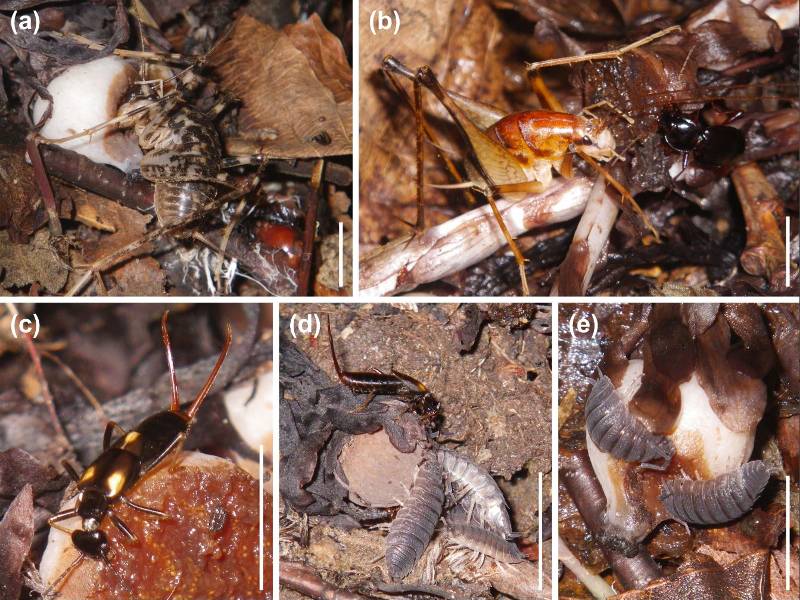A study by researchers at Kobe University has revealed that even small invertebrates like woodlice and earwigs can disperse seeds they eat, setting a new record for the smallest animal recorded to do so. This discovery highlights the crucial yet often overlooked role that these tiny creatures play in ecosystems.
The Importance of Small Invertebrates in Seed Dispersal
Many plants rely on animals to eat their fruit and disperse their seeds to farther-off places after passing through the animal’s digestive tract. While most research has focused on mammals and birds as seed dispersers, the Kobe University team recognized the potential for discovering novel ecological interactions by investigating the roles of less conspicuous organisms such as small invertebrates.
“Our group recognized the potential for discovering novel ecological interactions by investigating the roles of less conspicuous organisms such as small invertebrates,” says SUETSUGU Kenji, a Kobe University botanist specializing in the complex relationships between plants and their dispersers.
Camel Crickets, Woodlice, and Earwigs: Unexpected Seed Dispersers
The team focused on the small, non-photosynthesizing, fungi-eating “silver dragon plant” found across East Asia, known for its minuscule, robust seeds in a fleshy fruit. Through a series of experiments, they discovered that camel crickets ate more than half of the fruit and showed the highest viability rate of the passed seeds. Surprisingly, woodlice and earwigs also consumed significant amounts of the seeds and showed a reasonable seed survival rate of over 30 percent, setting a new record for the respectively smallest and most light-weight animals to partake in dispersing seeds after ingesting them.
“The identification of novel seed dispersal agents among small invertebrates prompts a reevaluation of conservation strategies, emphasizing the importance of preserving diverse habitats that support a wide range of species, including those previously considered ecologically insignificant,” comments Suetsugu on the significance of these findings.
The researchers argue that being able to rely on a greater variety of seed-dispersing animals probably benefits the plant, as this would allow its seeds to be carried to more diverse environments, increasing the likelihood of the plant seedling encountering the fungi it needs for sustenance.


